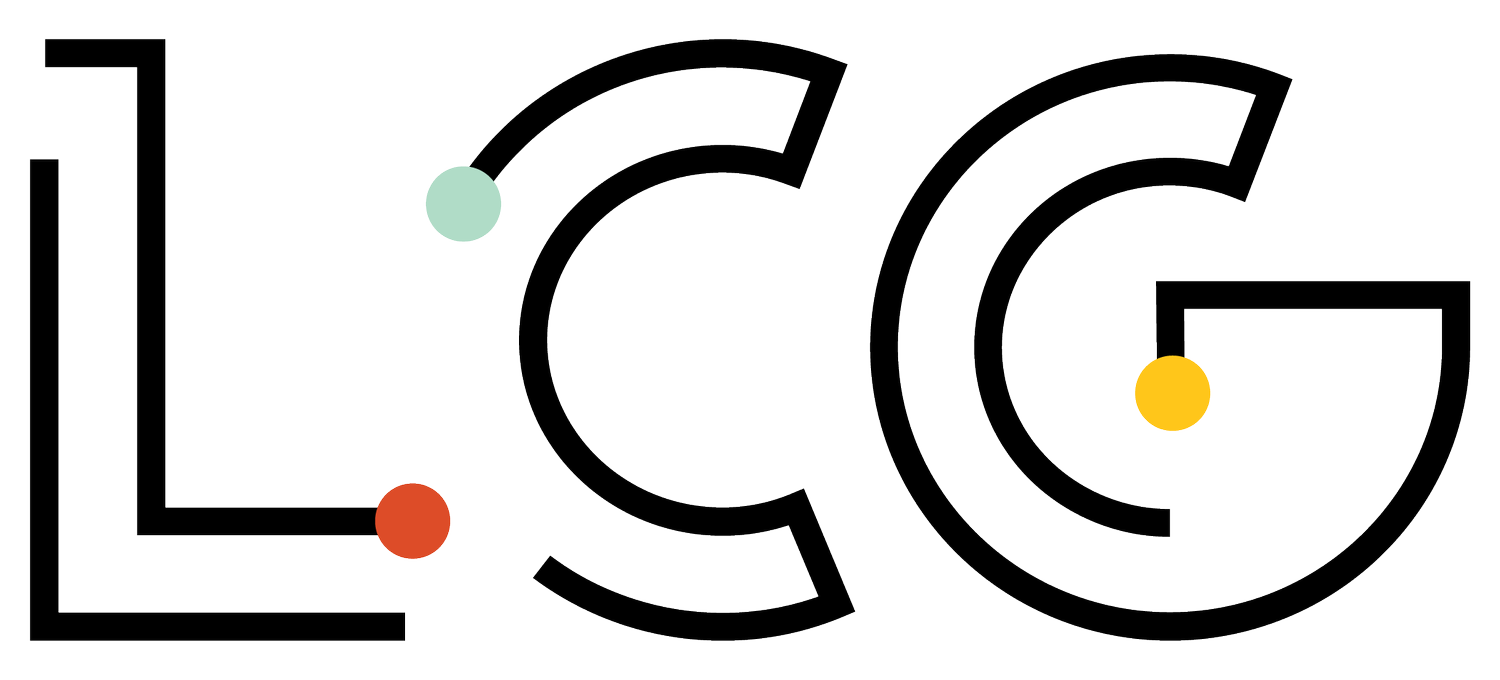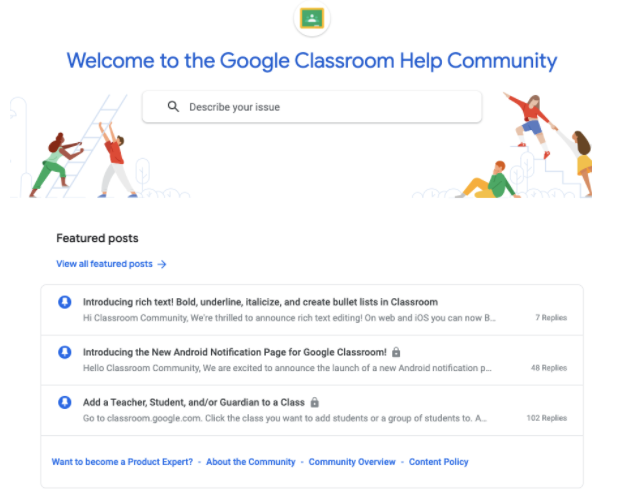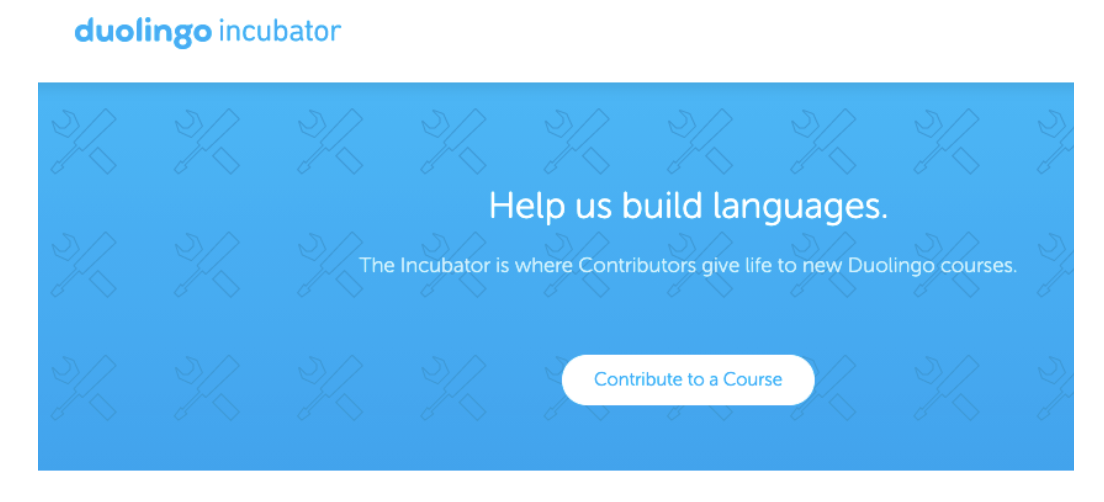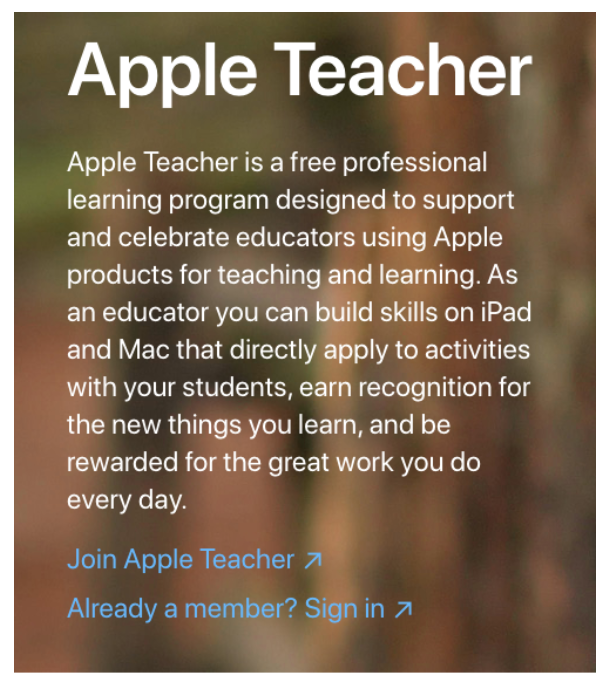We’ve said it before, and it is worth repeating. Communities exist for one primary purpose, to improve the lives of their members.
The connections made in a community are the most valuable part for members. These connections are frequently worth even more than the product or service you provide. Some members gain new insights about a topic of interest, others lives are dramatically changed as a result of being part of a community. Some community members actually experience a sense of belonging that is life-saving. Whatever the impact, community members attribute the value they receive from building relationships with one another to the brand that is building the community. So if you build a community that improves the lives of its members, you’ll experience increased loyalty simply because of the connections made in a space you own. That’s what makes increased loyalty the one realistic business objective of building a branded community.
Beyond that purpose, company-supported (or branded) communities can also provide other values to an organization. We think that CMX’s SPACES Model is a useful tool for determining the primary focus for a branded community and can help organizations keep their community efforts aligned with the intended purpose.
When you look at the SPACES model, ask yourself which community purpose most aligns with your business objectives? If you’re not quite sure, here’s more detail and examples of each type to help you define your community.
Support: Organizes members to answer questions for others to improve customer satisfaction and save costs.
Some brands build communities to make it easier for their users to get technical help. In a customer support community, members answer questions and solve problems for each other. You've probably come across a tech support/help forum. This is one of the earliest forms of an online community, and it is generally the easiest to calculate ROI. The Fitbit Community and Microsoft are two of the clearest examples, and there are a few Support communities in the education industry including Google Classroom Help Community and Promethean Support Community.
Product Feedback/Innovation: Gathers feedback and insight from members to improve products and offerings.
While most brands with a community are providing opportunities for members to provide input on the product’s future, few organizations are creating Product Innovation communities in the education industry. One education-related example is Lego Ideas, where members upload new Lego builds plus comment, react, and up-vote new projects.
Acquisition/Advocacy: Drives new customers, leads and/or users through community experiences or brand advocates.
A lot of education brands create communities with the hope that members will serve as brand ambassadors. We see this frequently with educational technology companies who hope that users of their products and services will market to others on behalf of the brand.
These companies tend to combine this with a customer Success type of community that has reached the establishment phase of community development. The advocacy group within the community is most often a subset of members in a Success-focused community of practice.
Some organizations try to start with an ambassador program and realize they need to also create a more inclusive place for the connections ambassadors are promising to occur. Others start with a Success community and create an Advocacy program because the community members desire to share.
A few examples of Advocacy-focused communities include Lego Master Educators, Nearpod Pionears, DEN STARS, Remind, and Apple Distinguished Educator. All of these programs exist alongside a larger less exclusive community of educators.
Content Contribution: Increases successful contributions of content, code, actions, or resources to a collaborative platform, project, or initiative.
Simply put, the people who are contributing the content that makes up the product are the focus of a Content Contribution focused community. More often than not, education companies have a content-rich product or service they have developed that they wish to build a community around. Breakout EDU for example has a Success community, but they encourage submission of user-generated content as one of the activities members are encouraged to do. So they have a secondary purpose of content contribution. Few education-based brands are solely focused on building community among content creators, but the Teachable Community and Duolingo Incubator are exceptions.
Engagement: Connects people around a common interest. May be external (potential/actual customers) or internal (employees, vendors).
We find that when we first talk to organizations about the value a branded community can offer, many think right away that an Engagement community is what they are hoping to build. Most of the time that’s not the case.
Communities with external Engagement as the primary purpose are very interesting! There is little direct tie back to any specific product like you’ll find in other community types. The brand hosts a space around a common theme rather than its own product or services. One of the most successful Engagement communities is outside of the education industry, but it is such a good example we can’t help but use it as an example. Sephora’s Beauty Insider Community is all about beauty and almost not at all about Sephora. Members are invited to discuss anything about beauty, including how to make the most of competing brands’ merchandise.
In education, Engagement communities are generally built around an idea or topic like project-based learning, social-emotional learning, or student assessment. The Teachers Throwing Out Grades Facebook Group is a good example.
Success: Connects customers with one another to share best practices to drive usage, retention, product adoption and customer expansion.
By far, the most common community type we see in the edtech industry right now is a Success-focused community. Up until just recently, Success and Support were combined into the same category, but the SPACES model has been updated to reflect the large number of communities being formed not just to help customers get the support they need to use a product, but also to provide connections end-users need to be successful and get the most from their purchase or membership.
We LOVE Success communities! It is a great feeling for us to help an organization build a thriving community with their customers. As a Success community matures, it may incorporate many of the other values of the SPACES model. For example, while you may not intend your community to be focused on customer support issues, inevitably members will come to the community space to ask support questions. Members of the community may provide the tip, trick, work-around, or fix that helps. This happens a lot. As we said in the Acquisition/Advocacy community section, ambassador programs are a natural extension of a Success community.
Nearpod Educators, Lego Educators, Class Dojo (FB Group), Discovery Educator Network(DEN), and Apple Teacher are all examples of communities focused primarily on Success.
Communities do exist for one primary purpose, to improve the lives of their members. That doesn’t mean that additional business value can’t be derived from them, however. While your community may dabble in a few of the community purposes outlined in the SPACES model, it is best to focus on only one or two of these business values. The truth is that if you try to be everything to everybody, it’s unlikely you’ll do any of it well enough to make an impact. This doesn't mean that some members of your community won’t be doing and sharing things organically, but the things that align with your community’s primary purpose is how you steer the direction and where you’ll allocate as a brand.
We hope these examples and descriptions help you think about the value you hope your community will bring to your organization. If you’re still not sure, reach out! We’ll help you.








